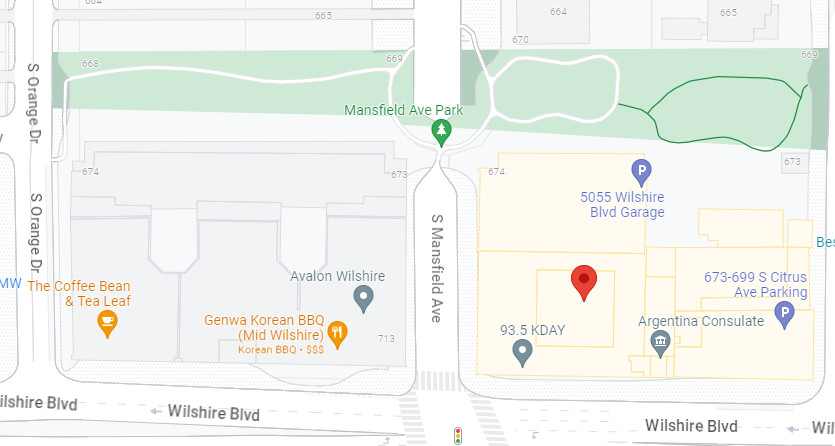Three Ways to Ensure that Your Physical Therapy Costs are Medically Necessary and are Covered by the Health Plan
The Directors Guild of America-Producer Health Plan (“Health Plan”) only covers physical therapy visits that are deemed medically necessary. Understanding when physical therapy is not medically necessary including how to tell when your therapy program has become maintenance or training—will help you avoid unexpected out-of-pocket costs. Listed below are simple actions you can take before and throughout treatment to help ensure that you stay informed of what your costs may be.
- Before Starting Treatment, Submit Your Referral
The Health Plan does not require preauthorization for physical therapy, but it does require a copy of your physician’s referral before physical therapy services can be covered. Before beginning treatment, confirm with your referring physician that your referral was sent to the Health Plan or submit the referral yourself. Health Plan staff will review the referral to ensure that it is valid and will request additional information, if necessary. To submit a referral for physical therapy, email a copy to hpclaims@dgaplans.org or fax it to the Health Plan at (323) 787-9287. - File Your Claims Timely
It is important throughout your course of treatment that you regularly submit your physical therapy claims to the Health Plan and refrain from submitting them in bulk. Although network providers will likely submit your claims for you as incurred, most non-network providers will require you to submit claims yourself.It is best to submit these claims as they are incurred so that you can accurately track the Health Plan’s processing of the claims. This practice allows the Health Plan to determine its coverage of your treatment as it progresses and to communicate with you before any changes in coverage (i.e., changes in your out-of-pocket responsibility) occur. You can then act accordingly before additional claims are incurred. - Monitor Your Progress
Ongoing services like physical therapy may reach a point where medically necessary therapy (which is covered by the Health Plan) becomes maintenance or training (which is considered not medically necessary and therefore, is not covered by the Health Plan). Continued treatment without a clear understanding of whether it still meets the standard of medical necessity increases your chances of out-of-pocket costs for such treatment.
Click here for a checklist to help you determine if your physical therapy has transitioned from medically necessary to maintenance or training.
If at any point during your course of treatment you can continue with a home exercise program, any further visits would be considered training and would not be medically necessary. Additionally, if you answer “yes” to any of the questions on the checklist, contact the Health Plan office to ask about coverage for continued physical therapy. Therapy may no longer be considered medically necessary by the Health Plan, which means that any treatment sessions could become your financial responsibility.
For more about the criteria used by the Health Plan to determine medical necessity, refer to the definition of Medically Necessary on page 114 in the March 2020 Health Plan Summary Plan Description available at www.dgaplans.org. If you would like a copy mailed to you at no cost, please contact the Health Plan.


